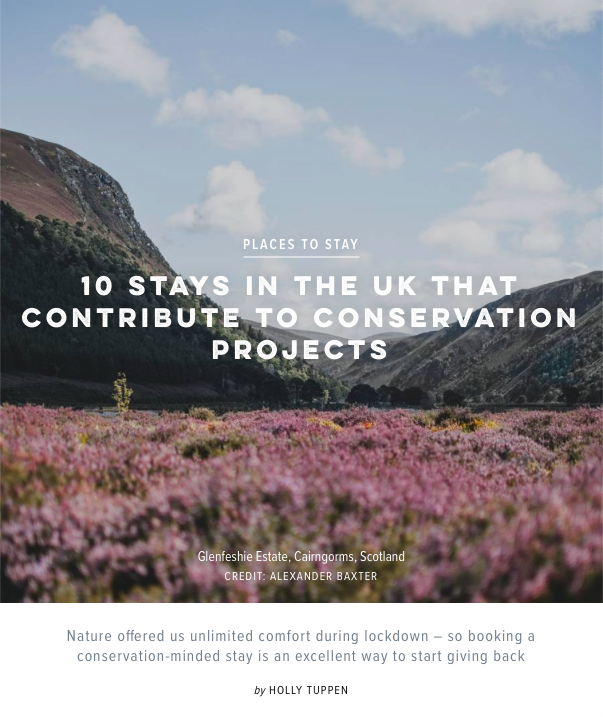Why autumn in Sweden offers the ultimate stress-busting escape, The Telegraph
“Face your demons head-on,” beams Patrik, my rugged kayaking guide who had me swooning before the philosophical sound bites kicked in. “Fear lingers until it’s conquered.” Although I trust him, every bone in my body wants to disobey.
We’ve been bobbing along Bohuslan, a chunk of West Sweden’s fragmented coastline, for a couple of hours. Sheltered by rocky outcrops, the water is so calm that seagrass, starfish, jellies and shells are visible shimmering far below. Curious seals occasionally pop up to survey goings-on, and seagulls soar overhead.
I had worried that West Sweden would be too perfect and pristine, but there’s a bleakness to the landscape that feels exhilaratingly wild. Rock grey and sea blues stretch as far as the eye can see, peppered only by red cabins perching precariously above the water. “I want you to feel the ferocity of the open sea, so you understand the landscape,” Patrik continues, ushering us towards a rising swell.
There’s reason to the madness: the Gothenburg Archipelago is made up of 5,000-odd islands stretching 174 miles from Gothenburg to Norway. Some are forested and populated with pretty fishing villages; others are seemingly lifeless, craggy outposts (only up close do you notice rainbows of lichens and mosses). Beyond the Skagerrak, a strait between Denmark, Sweden and Norway, the North Sea broils all the way to Aberdeen. Despite my fear of capsizing, we head straight for it. Rolling about like a rubber duck, furiously paddling and heart pumping, freezing sea spray hits my face and I beam with adrenalin. “Life is all about contrasts,” Patrik shouts above the waves before we retreat to more hospitable waters.
My journey started 48 hours earlier in Gothenburg, Europe’s greenest and Sweden’s second-largest city. Switching roads for centuries-old sailing routes, I waved goodbye to the neoclassical streets and artsy canals from the deck of a Stromma ferry. Although a couple of hours slower than by road, sun loungers, sea views and a buffet help to while away time on board. Being car-free comes with another bonus, too; as a foot passenger, it’s possible to island-hop by ferry all the way to the Norwegian border.
The first stop isn’t quite the remote idyll I’d expected. Thanks to centuries of fortunes rolling in from herring and Gothenburg’s elite, the yachting island of Marstrand has never been short on cash – hence its ornate shop fronts, fancy boats and towering mansions. The 13th-century church is one of the region’s oldest, and the looming fortress of Carlsten is a reminder that these islands once fluctuated between Danish, Norwegian and Swedish rule. Today the vibe is jet-set; beer and crayfish flow as freely as people around the cobbled harbour front, although it’s possible to find solitude on an around-the-island hiking trail.
First published in print Sept 2020. Read the full article online here.



